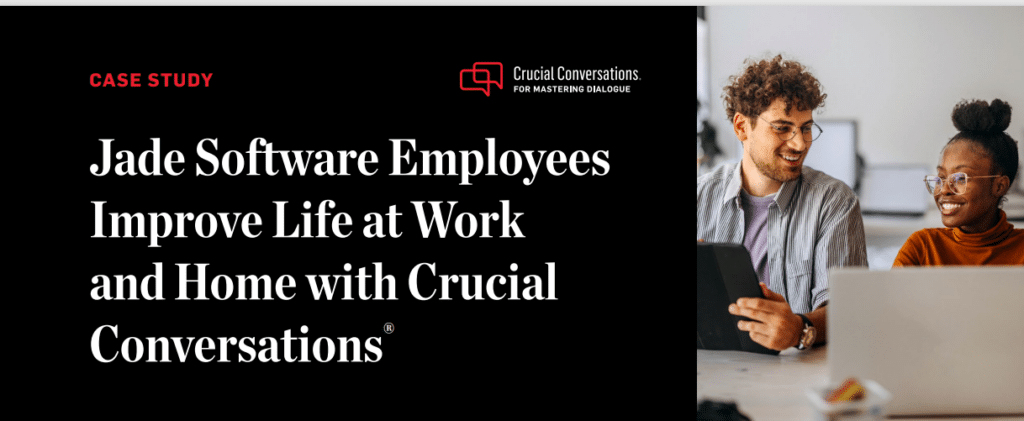March 2020 will go down in history as the month that changed everything. In a matter of weeks, COVID-19 spread rapidly across the globe rocking governments, stock markets, healthcare systems, education systems, entertainment, travel, you name it. Seemingly nothing was spared. Routine life has been turned on its head for the foreseeable future. And while I could speculate about how life and business will look in the coming weeks and months, I think we can agree it will be different.
Organizations can respond to the changes and challenges, both present and forthcoming, by doing the following.
- Doing business in an ongoing pandemic requires 200% accountability. We’ll be crawling out of our caves with the virus still lurking. People will want to get back to work and get back to living but in a state of heightened vigilance. The new normal will be risk mitigation does not risk elimination. We will make permanent changes in social patterns for greeting, meeting, and living. We may need to permanently surrender handshakes, hugs, and European kisses in favor of bows or Namastes. Annoying, but not overwhelming ransom for a truce.
Compromise means employees and customers will accept an acceptable amount of risk as well. Your job is to ensure they feel safe enough in your way of doing business for their risk tolerance. The sooner you get in front of these changes, the sooner we will establish a new acceptable way of living. Organizations that pivot to this new normal best will need both potent social protocols and a culture of 200% accountability.
Successful businesses will develop social protocols suited to the new mood. They will rigorously practice social distancing and hygiene habits. For example, they will permanently space workspaces to enforce social distancing. Airlines may need to issue face masks and stagger seating. Effective leaders will change meeting patterns to rely on virtual contact as a default not a temporary inconvenience. Hygiene prompts and associated cleaning products will be ubiquitous. And none of this will succeed without a culture of 200% accountability.
200% accountability means that not only is each employee 100% accountable for following the standard, they are also 100% accountable for enforcing the standard with everyone around them—regardless of level or position. The other day, I was at a workplace that had instituted social distancing. And yet, within a few minutes, I saw numerous violations of the norm—people standing inches from one another, shaking hands, touching a colleague’s arm, etc. I could tell the recipients of these touches felt uncomfortable. But they said nothing. Especially if the violator had higher social status than they.
Cruise lines have known for decades that their vessels are ideal playgrounds for aggressive viruses. And yet this outbreak will forever be symbolized by lavish ships turned into prison camps patrolled by microscopic guards. Having protocols is meaningless. They only improve outcomes if they are turned into norms. 200% Accountability means employees will have to be skilled at confronting lapses in any of new norms the instant they see it. The speed with which norms change is a function of the speed with which it becomes normal to confront violations of the new norm. Unless and until it is “okay” to call out anyone, independent of level or position, on lapses, the norm will be a farce.
- Make customers and employees feel safe by making the undiscussable discussable. Effective leaders will understand that they must not just make their customers and employees be safe, they must make them feel safe. The best way to help people feel safe is to make the undiscussable discussable. Your hypervigilant customers are already thinking about risk. So, put it on the table where you can address it as the first topic. First and foremost, let customers know clearly what you’re doing to mitigate risk of spread within your company. This must be done through human contact not mass emails. People don’t feel reassured by a well-crafted document. They feel reassured when a human being looks them in the eye and explains what they are doing to ensure they are safe right here, right now. Measure compliance with your new standards and be honest with your customers about how well (or poorly) you’re doing. At the end of the day, customers won’t trust you unless you’re trustworthy. And transparency is the foundation of trustworthiness.
Second, give them transaction options. People feel safer when they have choices. Let’s say, for example, your company has door-to-door sales agents. Hyper-vigilant homeowners will be immediately uneasy when they see a stranger on their doorstep. They will have no mental space for the pitch so long as they are worried about infection. One company mitigates this perception by having door-to-door salespeople don fresh plastic gloves in front of the homeowner. Each sales agent also sports a lanyard with a bottle of hand gel. After introducing themselves, they offer to continue the conversation either on the porch, through a virtual appointment, or in the home at a safe distance. Surprisingly, agents discover that simply describing the seriousness of their concern for safety, and offering choices, leads a far higher percentage of customers to invite the agent inside.
- Put behaviors in place now that will prepare your business for the next pandemic. Viruses aren’t done evolving. There will be a COVID-20, 21 or some other demon in the future. So, we should consider this pandemic to be a dress rehearsal for the next one.
Viruses have to evolve through random mutation. Humans evolve, too. But we generally have to use our oversized brains to do it. We must do it by choice not by mutation. So, let’s get started. Let’s recognize this moment as an opportunity to develop new patterns of responding to threats, not just as an idiosyncratic inconvenience due to a new wad of DNA. If the next bio-threat is of similar toxicity, we need life and business patterns that move us more routinely to compromise. If we don’t make risk mitigation a way of life, risk elimination, and its unbearable costs, will be our only alternative the next time as well.
CRISES ALWAYS COME WITH OPPORTUNITIES.
From this moment will come new norms for working, serving, caring, and connecting with each other. My family is actually closer now than we were two months ago. We have a virtual “Grenny Gab” at 5 p.m. most days that has made me feel more involved in the lives of my children than ever before. We inquire more about one another’s needs. We are more vulnerable about sharing our concerns. And we are more generous in reaching out to those who struggle.
This crisis offers the entire planet a similar opportunity. This is the first time in the history of humanity that the entire world turned unitedly against a common foe. We are being presented with an opportunity for future cooperation as we come to recognize that borders are fictions and we are global kin.
I have argued that human nature will inevitably speed us toward a gruesome compromise with the virus that will return us to some new version of normalcy at the cost of some lives. But the real opportunity won’t be forced on us. It will require choice and leadership.
If we are wise, we will take advantage of nature’s invitation to unprecedented unity with our brothers and sisters worldwide. We will heretofore share information more liberally, pool resources more generously, and intervene anywhere more selflessly. To paraphrase Martin Luther King, the most precious lesson we can learn from this moment is that “Suffering anywhere is a threat to everyone everywhere.” Let’s not just make this about the virus, let’s make it about evolving to a better way of being.





